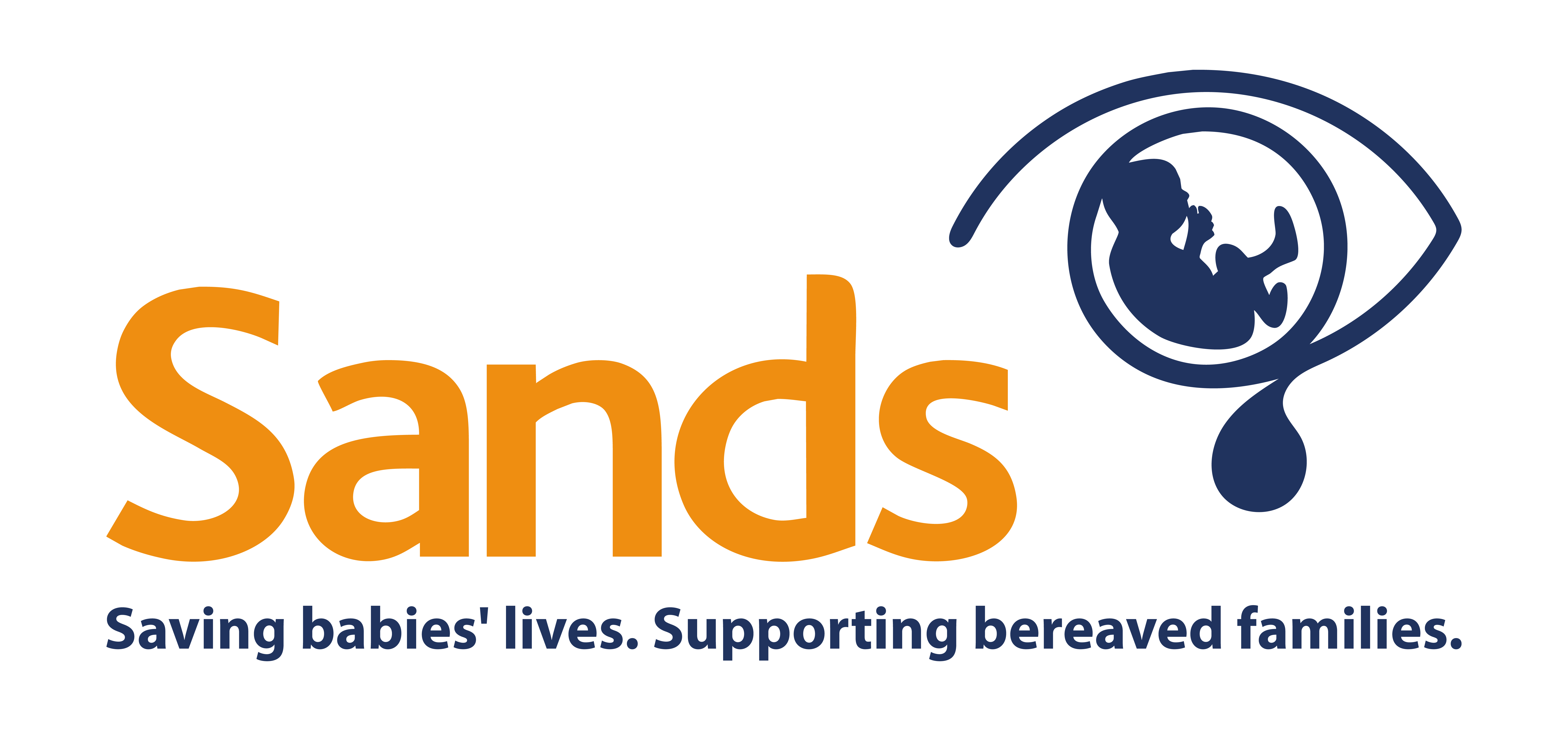Understanding Multi-disciplinary approaches and Parental Input in perinatal mortality Review
The UMPIRE Study is inviting parents to share their views about the review that is done by the hospital when their baby is stillborn or dies shortly after birth.
When a baby dies in hospital around the time of birth, the hospital carries out a review to try to understand what happened. Midwives, doctors who specialise in maternity care (obstetricians), doctors who specialise in the care of newborn babies (neonatologists) and any other relevant healthcare staff who are part of what is known as the multi-disciplinary team, carry out the review. The review aims to understand as much as possible about what happened and why the baby died.
However, recent research has shown that some parents are unaware that a review may be taking place after their baby has died and that their views or questions about care are often not considered in the review team. To help hospitals improve how baby deaths are reviewed The Perinatal Mortality Review Tool or ‘PMRT’ was introduced in the UK at the beginning of 2018. This tool supports a robust review process, and is used as part of a perinatal mortality review meeting when professionals meet to discuss and to try to understand why a baby has sadly died and if anything could have been done to prevent that death.
The UMPIRE study (Understanding Multi-disciplinary approaches and Parental Input in perinatal mortality Review) is exploring how the introduction of the PMRT affects the multidisciplinary review of care by the team and whether the views of bereaved parents are included in reviews of babies who die in England. Understanding more about this subject could inform professional guidelines around improved multi-disciplinary review and help us better support and include bereaved parents. Sands is supporting this study by helping UMPIRE to reach bereaved parents who might wish to add their views to research about perinatal mortality review.
